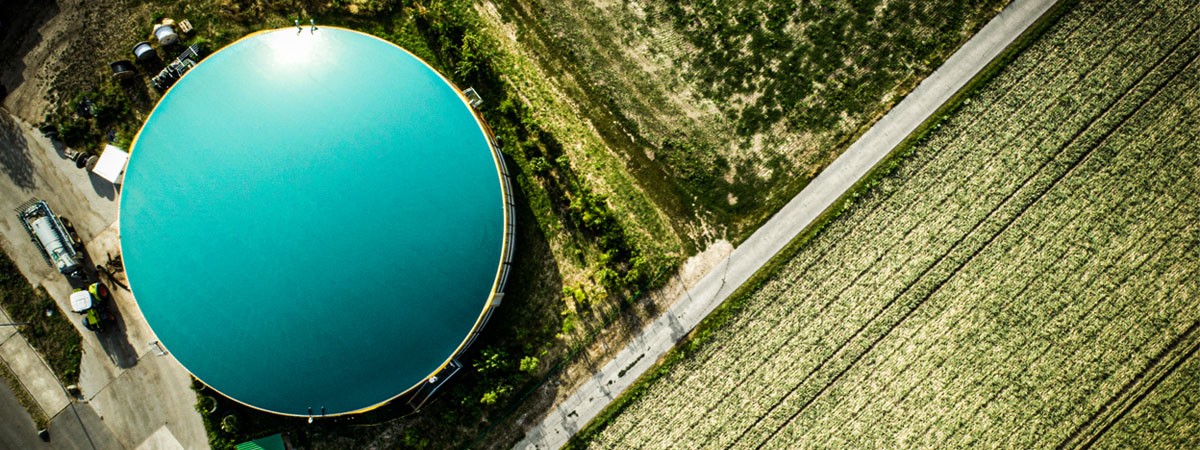Biogas consists primarily of methane (CH4). This molecule is made up of one carbon and four hydrogen atoms. This means that, when it is burnt, four times more water molecules are released than CO2. And even though it is a greenhouse gas, it remains part of a harmless cycle: The plant, from which the organic source material ultimately originates, had previously absorbed carbon dioxide from the air.
Residues with a high water content
Only part of the material turns into gas, however. A substance known as fermentation residue is left in the system. It has a high water content and is often fluid, particularly if the system is run on slurry. Theoretically, this waste product is suitable as a fertilizer. However, fluid fermentation residue is subject to similar conditions as the slurry itself. In Germany, for instance, it first has to be stored for several months and after that it may only be applied to a limited extent.Storing increasingly large quantities of fermentation residue costs a lot of money and requires lots of space. It therefore makes sense to reduce the quantity by extracting water from the material. Since biogas plants are often combined with block-type thermal power stations, their waste heat can be used to vaporize the water. To increase energy efficiency, this process should ideally take place in vacuum chambers.
Pure water and concentrate
The evaporated water is condensed after the heat has been recirculated. The remaining concentrate of fermentation residue contains all the nutrients from the source material. It can now be dried, composted and used as organic fertilizer.Vacuum does more than just reduce energy consumption. Any residual gases that leave the material are fed back into the biogas plant for further use. Since the plant has to be hermetically sealed, odor irritation is also kept to a minimum. Depending on the size and design, various vacuum pumps or combinations thereof can be considered for the purpose of vacuum generation. BUSCH offers a wide range of options for this purpose to always find the optimum solution.
